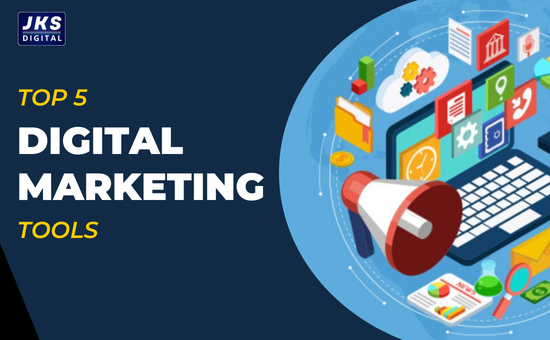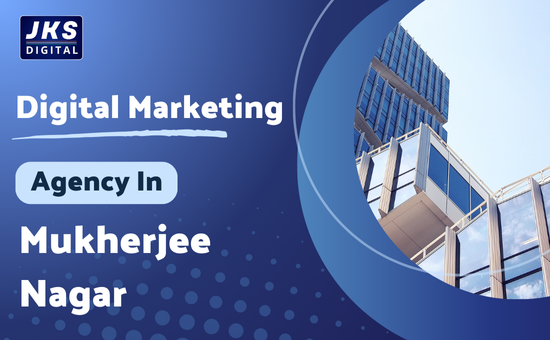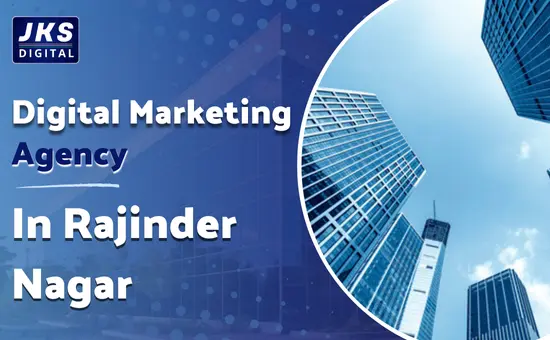AR Advertising: Augmented Reality is no longer a concept of the future; it is reshaping the present and dictating the future of marketing. AR offers customers an immersive and interactive experience by combining the digital and physical worlds, resulting in exceptional engagement. This innovative technology is helping brands establish deeper connections with consumers and revolutionizing traditional advertising methods.

In this blog, we’ll explore how AR advertising is changing the marketing landscape, its benefits, examples of successful campaigns, and what the future holds for this transformative medium.
What is AR Advertising?
Augmented Reality (AR) advertising uses AR technology to overlay digital content, such as images, animations, or 3D models, onto the real world through devices like smartphones, tablets, or AR glasses. Unlike static or video ads, AR ads allow users to interact with the content, making it more engaging and memorable.
For instance, a furniture company can let customers visualize how a sofa would look in their living room using their smartphone camera. This type of interactive marketing bridges the gap between imagination and reality.
Why AR Advertising is Gaining Popularity
AR advertising is gaining traction because it caters to the ever-growing consumer demand for personalization, interactivity, and immersive experiences. Here’s why brands are increasingly adopting it:
- Enhanced User Engagement
AR ads demand active participation from users, creating a two-way interaction. Unlike traditional ads that are passively consumed, AR advertisements encourage users to engage, explore, and experience. - Memorable Experiences
By providing a novel and immersive experience, AR advertising leaves a lasting impression. Users are more likely to remember a brand that offered them an interactive and personalized ad experience. - Increased Conversion Rates
AR ads allow customers to visualize and “try before they buy,” boosting their confidence in the product. AR offers customers an immersive and interactive experience by combining the digital and physical worlds, resulting in exceptional engagement. - Viral Potential
AR campaigns, when done creatively, have immense viral potential. Users often share unique AR experiences on social media, giving brands free and organic exposure. - Innovative Branding
AR helps brands stand out in a competitive market by offering something fresh and innovative. It positions the brand as forward-thinking and customer-centric.
Read Also – Unlocking Success in 2025: How to Stay Ahead as an Expert
How AR is Revolutionizing Marketing
1. Personalized Shopping Experiences
AR allows customers to interact with products in real time, personalizing the shopping experience to their own needs. For instance, beauty brands like Sephora and L’Oréal use AR apps to let users try makeup virtually, ensuring they pick the right shade before purchasing.
2. Gamified Advertising
AR blends entertainment and advertising seamlessly. Brands build gamified AR experiences to keep consumers engaged while covertly pushing their products. For example, Burger King launched an AR app that let users “burn” competitors’ ads to earn rewards.
3. Location-Based AR Ads
Using GPS and AR, brands deliver location-specific ads to users. For example, a coffee shop might use AR to show floating coffee cups leading to their store when a user is nearby.
Read Also – Performance Marketing vs Brand Marketing: A Comparative Guide
4. AR in Outdoor Advertising
Traditional billboards are being replaced with AR-enabled screens that interact with users. For instance, Pepsi’s AR bus shelter campaign showed passersby virtual UFOs and tigers in the real world, creating a buzz.
5. Improved Product Visualization
From furniture to cars, AR lets users see products in their environment before making a purchase. IKEA’s AR app allows users to place virtual furniture in their homes, ensuring it fits perfectly.
Examples of Successful AR Advertising Campaigns
1. IKEA Place App
IKEA revolutionized furniture shopping with its AR app, allowing users to visualize furniture in their space using a smartphone. This feature reduces the hesitation associated with online furniture shopping.
2. Nike’s AR Shoe Try-On
Nike’s app lets users virtually try on shoes using AR. This innovation ensures users pick the right size and style without visiting a physical store.
Read Also – The Best Digital Marketing Tools Every Marketer Should Use
3. Snapchat’s AR Filters
Snapchat pioneered AR ads with its filters and lenses. Brands like Taco Bell and Disney use Snapchat filters to create interactive and fun experiences for their audience.
4. Pepsi Max AR Bus Shelter
Pepsi’s AR campaign transformed a regular bus stop into an exciting experience, displaying virtual UFOs and wild animals interacting with real-world surroundings. It created significant buzz and brand recall.
Benefits of AR Advertising for Brands
- Stronger Brand Recall: Interactive and immersive ads stick in users’ minds longer than traditional ads.
- Higher Engagement Rates: Users actively participate in AR ads, boosting engagement metrics.
- Cost-Effective Innovation: While AR seems advanced, creating AR ads is becoming more affordable with advancements in technology.
- Data-Driven Insights: AR campaigns provide valuable data on user interaction and preferences, helping brands refine their strategies.
Read Also – Digital Marketing Agency in Delhi: JKS Digital – Your Partner in Digital Growth
Challenges in AR Advertising
- Accessibility Issues: Not all users have AR-compatible devices.
- High Initial Investment: Developing AR campaigns can be costly for small businesses.
- Learning Curve: Understanding how to effectively use AR for advertising requires expertise.
Despite these challenges, the rapid development of AR technology is making it more accessible and affordable for businesses of all sizes.
The Future of AR Advertising
The future of AR advertising is bright as technology continues to evolve. With the advent of 5G, AR experiences will become smoother and more realistic. Moreover, wearable AR devices, like AR glasses, will make AR advertising a seamless part of everyday life.
Here’s what to expect:
- Hyper-Personalization: Ads tailored to individual preferences and environments.
- Wider Accessibility: Affordable AR solutions for small businesses.
- Integration with AI: Smarter AR ads that adapt to user behavior in real time.
Conclusion
Augmented Reality advertising is not just a trend; it’s a transformative force shaping the future of marketing. By offering engaging, interactive, and memorable experiences, AR is bridging the gap between brands and consumers like never before. As AR technology becomes more accessible, it will open up endless possibilities for marketers to connect with their audience in meaningful ways.
Whether you’re a small business or a global brand, AR advertising is an opportunity worth exploring to stay ahead in the competitive marketing landscape.





